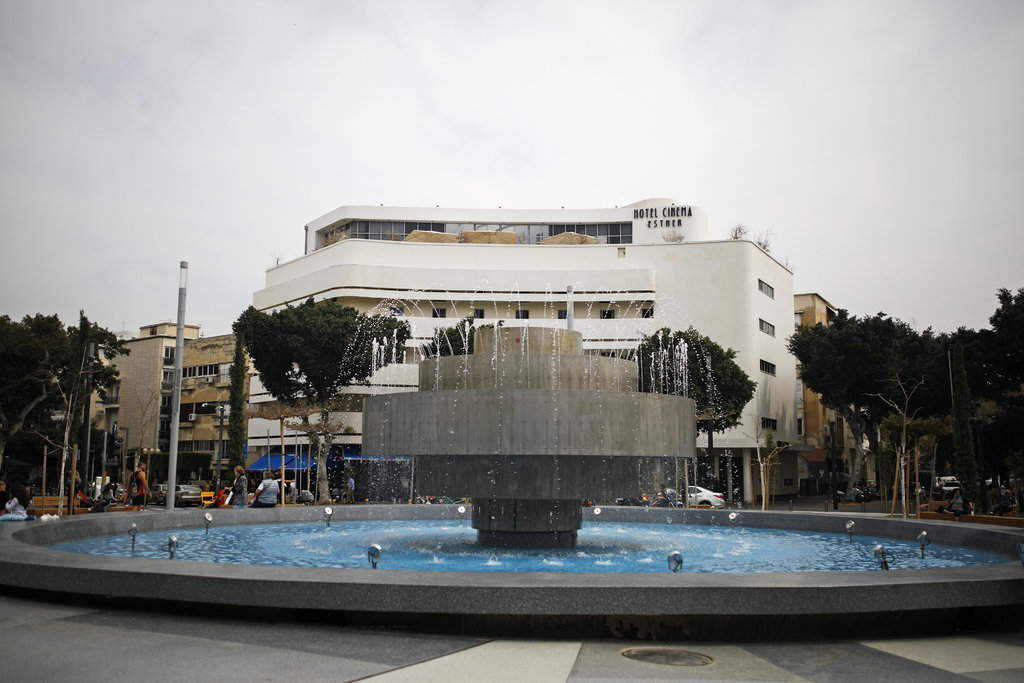
Bauhaus, the German art school that celebrates its 100th anniversary this year, has had an indelible influence on Tel Aviv, Israel’s second-largest city.
The city is home to the world’s largest concentration of Bauhaus buildings, thanks to a number of German Jewish architects and artists who trained in Walter Gropius’s Staattliches Bauhaus in Weimar, Dessau and Berlin before the rise of the Nazis. They emigrated to what would become the Jewish state, where they and their followers designed and built some 4,000 structures, each marked by Bauhaus’s trademark clean lines and geometric angles.
In 2003, Unesco — noting Tel Aviv’s synthesis of modernist trends and local cultural traditions — designated about half of those buildings, a cluster of city blocks lined with sleek, whitewashed structures and known today as the Tel Aviv White City, as a World Heritage site. But the influence of Bauhaus, which itself was born only 10 years after the founding of Tel Aviv, spreads across the city. Its principles, which favor function over fuss, were a fitting retort to the grand European cities that many of Tel Aviv’s founders had fled. With an emphasis on simplicity and lightweight, cost-effective materials, its designs fit smoothly into a city where humidity is a plague and post-enlightenment ideals remain a mantra.
comments